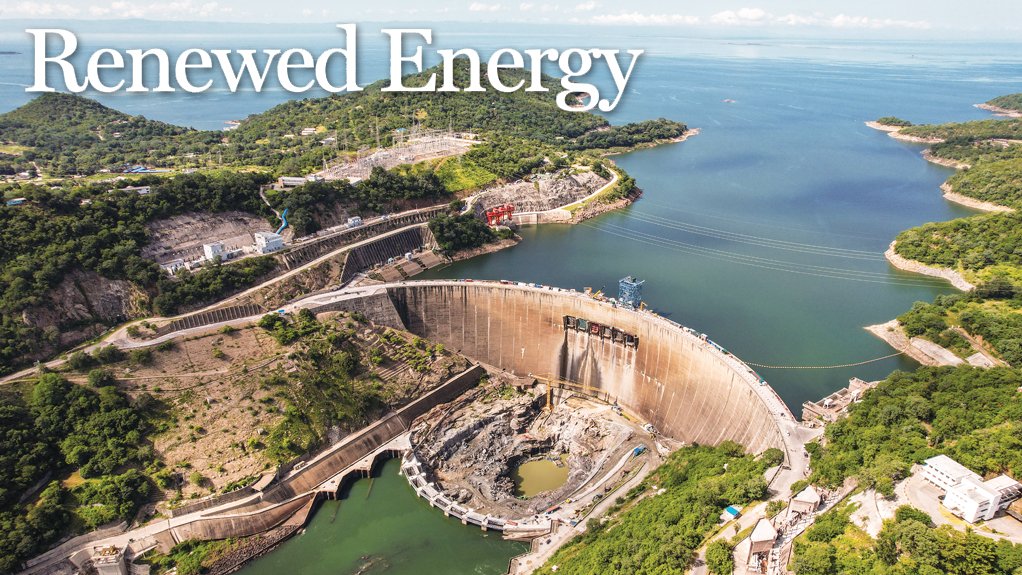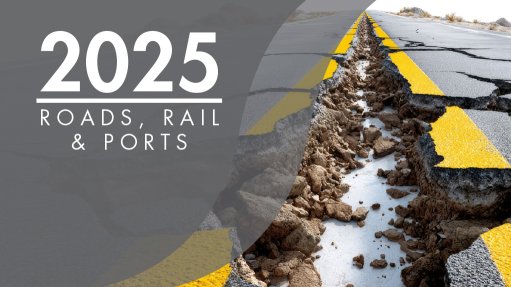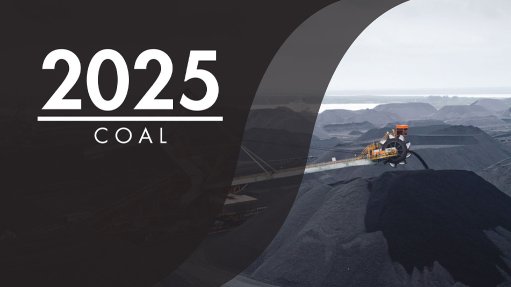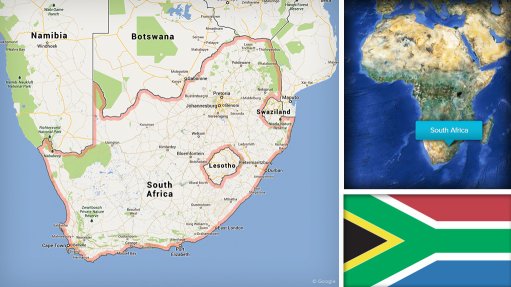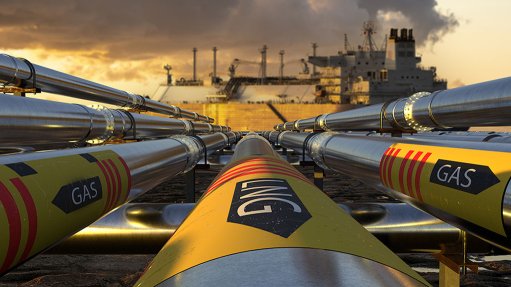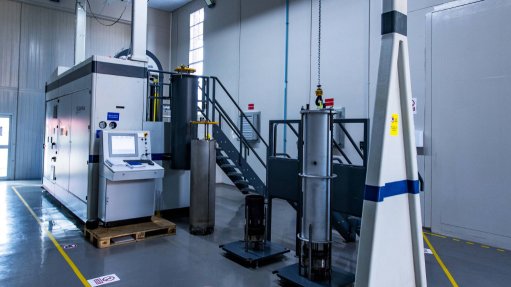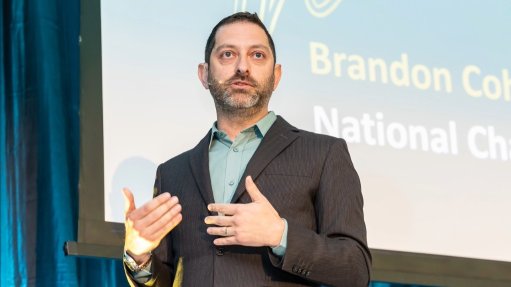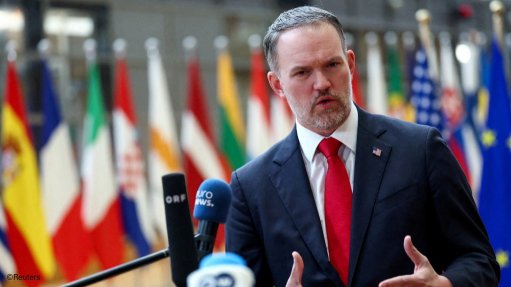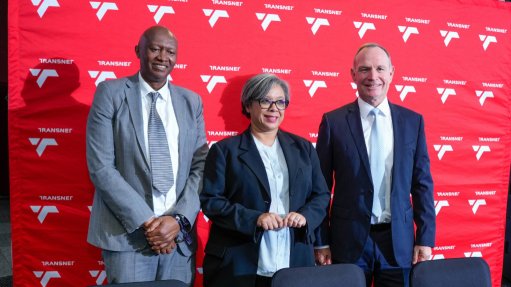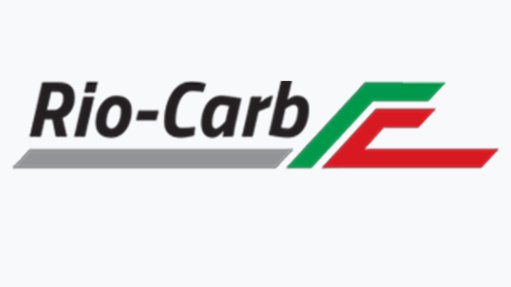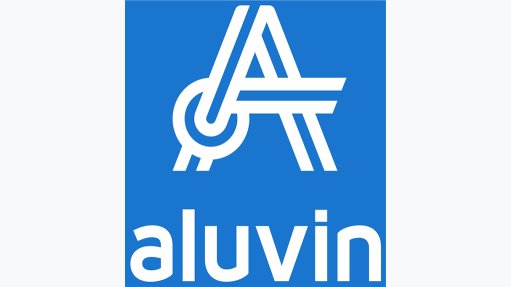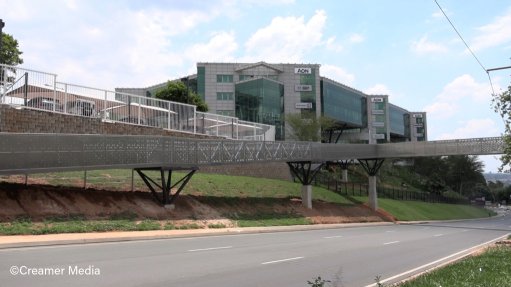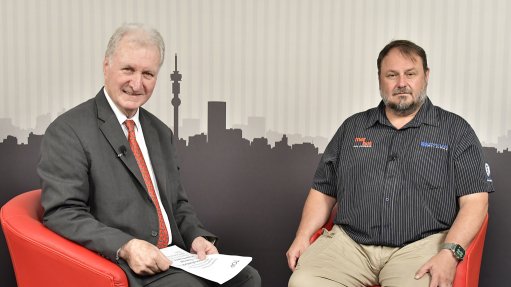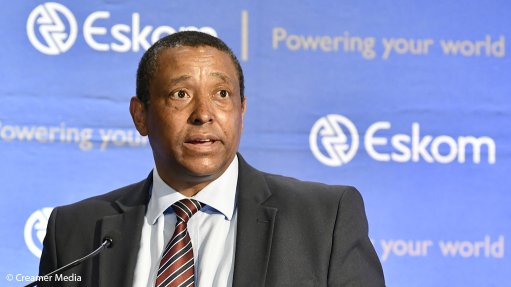Kariba’s rehabilitation lays foundation for another 50 years of hydropower delivery
After several delays since its launch in 2017, the $294-million Kariba Dam Rehabilitation Project (KDRP), aimed at repairing decades of erosion from high-velocity water discharge and refurbishing the dam’s spillway, is now largely complete, with remaining works due to wrap up by September next year.
The project’s core components are the reshaping of the dam’s plunge pool, completed in September last year, and the refurbishment of all six sluices in the spillway, the first phase of which is now 99% complete, with finalisation expected before year-end. Phase II, which began in 2024, has progressed to the 26% completion mark, with overall works scheduled to conclude in just under a year.
Engineering Feat
“These are critical upgrades that directly address erosion, which threatened to undermine the dam foundation, and the risk of operational failure on the spillway, which would result in uncontrolled water discharge,” says Christopher Chisense, acting CE of the Zambezi River Authority (ZRA), the binational entity jointly owned by Zambia and Zimbabwe that is responsible for managing the waters of the Zambezi river – which forms the border between the two countries – and for managing the Kariba dam complex.
With the plunge pool now completely reshaped and stabilised, erosion has been halted, while the refurbished spillway gates and their mechanical systems ensure precise water flow control. Advanced monitoring and instrumentation systems have been installed on the spillway to detect anomalies early and enable predictive maintenance.
“These interventions secure Kariba dam’s future as a cornerstone of regional energy security and a model of resilient infrastructure,” says Chisense.
The dam, which supplies hydroelectricity to the two nations, was commissioned in 1960, during the era of the Central African Federation – a union of Northern Rhodesia, Southern Rhodesia and Nyasaland, now Zambia, Zimbabwe and Malawi respectively.
Financially backed by the World Bank, the African Development Bank, the EU and the Swedish International Development Cooperation Agency – with the ZRA also chipping in – the KDRP is designed to avert the weakening of the dam’s foundation by reducing scour and turbulence and to modernise spillway operations for precise flood management, thereby extending the dam’s operational life by at least 50 years.
It is against this background that Chisense describes the KDRP as “not just a restoration effort, but a strategic investment to ensure the long-term safety, reliability, sustainability and resilience of one of Southern Africa’s most vital infrastructure assets”.
The project’s key contractors include France’s Razel Bec, responsible for reshaping the plunge pool, the GE Hydro France-Freysinnet International consortium, engaged to undertake the first phase of the spillway refurbishment, and a joint venture comprising Zimbabwe-based Morris Material Handling Equipment and South Africa’s STUB Engineers, currently completing the second phase. Oversight and technical guidance are provided by the ZRA’s appointed engineer, Switzerland-based Gruner Stucky, working closely with an international panel of dam safety experts.
Delays to the project’s timeline have stemmed from unforeseen geological conditions that emerged only during execution, prompting additional investigations and analysis; Covid-19-related disruptions; and limitations in the original design.
“The dam, constructed over 60 years ago, presented unforeseen structural challenges,” Chisense tells Engineering News & Mining Weekly. “Although ‘as-built’ drawings were available, they proved inaccurate during execution, necessitating several modifications. While the contract anticipated such issues, the time required to resolve them was underestimated, contributing to further delays.”
This was compounded by the rehabilitation project’s being the first of its kind globally, resulting in multiple learning curves during implementation.
Despite the setbacks, Chisense notes that progress is now steady, with works advancing towards the revised completion date of September 2026.
Meanwhile, while the project remains largely within its approved budget, there have been cost escalations as a result of the unanticipated technical complexities, especially relating to the plunge pool reshaping component. Delays in equipment delivery and the need to rework on certain components have also contributed to schedule extensions, with cost implications, while procurement reviews and compliance checks have occasionally affected disbursement timelines.
The KDRP has been implemented in a phased manner, ensuring that critical works proceed without compromising power generation. Through close coordination with the two nations’ power utilities – Zambia’s ZESCO Limited and the Zimbabwe Power Corporation – the ZRA has enabled real-time adjustments to water release schedules, maintaining a steady flow of electricity.
In addition to ensuring minimal disruption to electricity supply, the ZRA has implemented a suite of measures to protect both the Zambezi river’s ecosystem and downstream communities. These include environmental and social management plans to mitigate ecological disturbances, real-time hydrological monitoring to facilitate controlled water release, and active community engagement to involve locals in safety planning. To safeguard sensitive species and habitats, biodiversity assessments are undertaken, and strict conservation protocols rigorously followed.
As part of its proactive approach to risk management, the authority is also rolling out an early warning system to promptly alert downstream communities and emergency response teams in the event of imminent flooding resulting from controlled water release, potential dam collapse or other threats. Crucially, cross-border coordination mechanisms between Zambia and Zimbabwe have been established, ensuring a unified and efficient response in both nations.
As the KDRP enters its final phase, Chisense underscores its enduring strategic importance – not only for Zambia and Zimbabwe, but for the broader Southern African region as well: “Kariba dam remains the cornerstone of hydropower generation for both countries, able to deliver 2 130 MW of clean energy – 1 080 MW for Zambia and 1 050 MW for Zimbabwe.
“The ongoing rehabilitation is securing its structural integrity for the next 50 years and beyond, ensuring uninterrupted power supply. It is also enhancing its operational efficiency, minimising maintenance-related outages and bolstering climate resilience through improved water management during droughts and floods.
“With these upgrades, Kariba is firmly positioned as a dependable anchor within the Southern African Power Pool, reinforcing regional energy trade and grid stability at a time when sustainable power solutions are more critical than ever.”
Regional Catalyst
The project also establishes a solid foundation for the future development of hydropower projects across the region, including the long-planned Batoka Gorge scheme, a 2 400 MW initiative upstream of Kariba that is jointly pursued by Zambia and Zimbabwe.
Chisense argues that the project has set new technical benchmarks for dam design, environmental protection and stakeholder engagement – elements that will be vital for the success of the Batoka scheme and other hydropower developments that may follow in its wake.
Equally significant, it has strengthened the institutional capacity of the ZRA, equipping it to manage complex, cross-border energy ventures with greater efficiency and oversight.
For nations managing ageing infrastructure, the project offers valuable lessons. Chief among them are the need for early assessments to identify and prevent structural risks; the value of regional collaboration in mobilising finance, technical expertise and accountability; the importance of transparent communication and genuine community engagement to foster public trust; and the imperative of building environmental safeguards into engineering solutions to preserve ecosystems.
Human Capital
While the physical transformation brought about by the KDRP has become visible as the project enters the home stretch, its employment-opportunity creation and human capital development have been equally profound. At its peak, it mobilised a cumulative workforce of more than 2 152, comprising multiple disciplines and nationalities.
Since August, staffing levels have been scaled down in line with the transition towards completion, with Phase I of the spillway refurbishment employing 158 people, made up of 16 local women and 128 local men, as well as 14 expatriates. Phase II operates with a lean, 30-strong team.
Early on, the authority launched a ‘science, technology, engineering and mathematics’ graduate engineering traineeship, recruiting 20 female engineers split evenly between Zambia and Zimbabwe, many of whom have since joined leading firms across the region.
Project contractors also opened their doors to engineering students, offering them internships that immersed them in the realities of large-scale infrastructure development. They further arranged training for the authority’s operations and maintenance teams, ensuring optimal operation of the new equipment installed under the KDRP.
In addition, the contractors supported various capacity building programmes, with selected workers receiving hands-on training and certification under the Education, Vocational and Entrepreneurship Training Authority.
By working side by side with consultants under the original terms of reference, senior ZRA engineers benefited from hands-on mentorship and technical skills transfer.
Article Enquiry
Email Article
Save Article
Feedback
To advertise email advertising@creamermedia.co.za or click here
Comments
Press Office
Announcements
What's On
Subscribe to improve your user experience...
Option 1 (equivalent of R125 a month):
Receive a weekly copy of Creamer Media's Engineering News & Mining Weekly magazine
(print copy for those in South Africa and e-magazine for those outside of South Africa)
Receive daily email newsletters
Access to full search results
Access archive of magazine back copies
Access to Projects in Progress
Access to ONE Research Report of your choice in PDF format
Option 2 (equivalent of R375 a month):
All benefits from Option 1
PLUS
Access to Creamer Media's Research Channel Africa for ALL Research Reports, in PDF format, on various industrial and mining sectors
including Electricity; Water; Energy Transition; Hydrogen; Roads, Rail and Ports; Coal; Gold; Platinum; Battery Metals; etc.
Already a subscriber?
Forgotten your password?
Receive weekly copy of Creamer Media's Engineering News & Mining Weekly magazine (print copy for those in South Africa and e-magazine for those outside of South Africa)
➕
Recieve daily email newsletters
➕
Access to full search results
➕
Access archive of magazine back copies
➕
Access to Projects in Progress
➕
Access to ONE Research Report of your choice in PDF format
RESEARCH CHANNEL AFRICA
R4500 (equivalent of R375 a month)
SUBSCRIBEAll benefits from Option 1
➕
Access to Creamer Media's Research Channel Africa for ALL Research Reports on various industrial and mining sectors, in PDF format, including on:
Electricity
➕
Water
➕
Energy Transition
➕
Hydrogen
➕
Roads, Rail and Ports
➕
Coal
➕
Gold
➕
Platinum
➕
Battery Metals
➕
etc.
Receive all benefits from Option 1 or Option 2 delivered to numerous people at your company
➕
Multiple User names and Passwords for simultaneous log-ins
➕
Intranet integration access to all in your organisation



